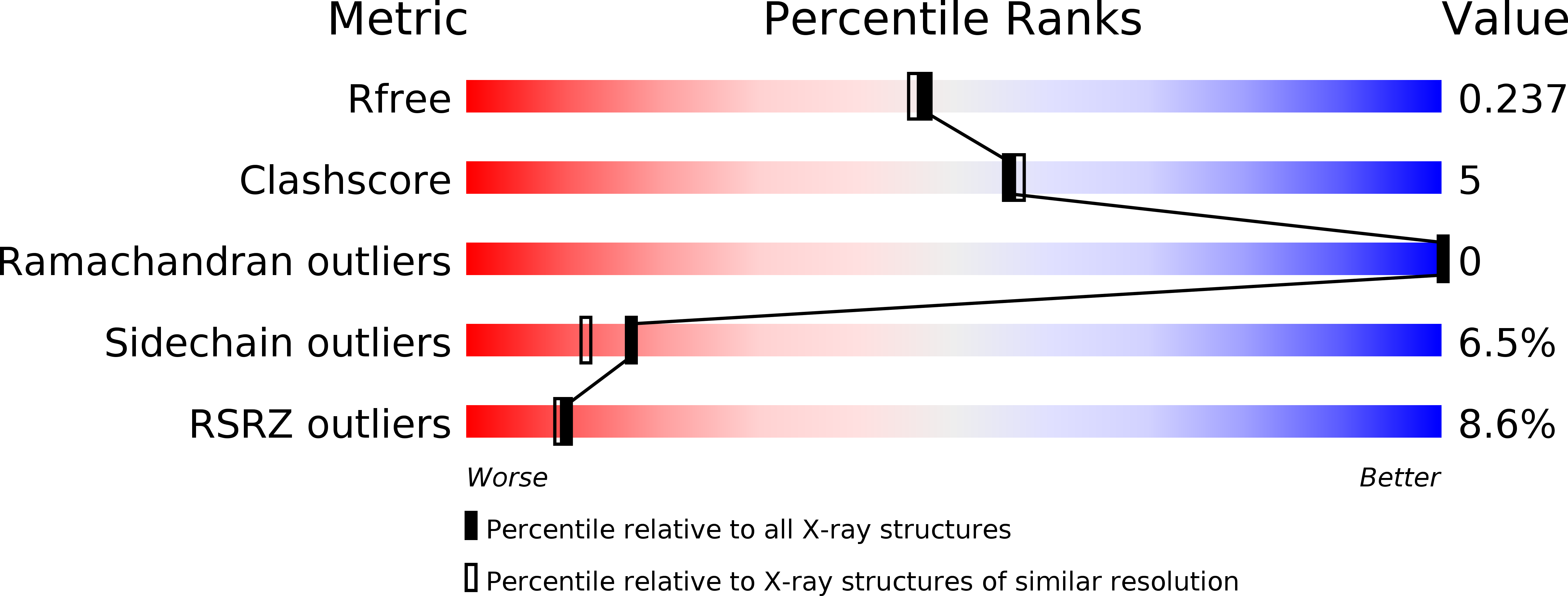
Deposition Date
2007-04-26
Release Date
2008-03-25
Last Version Date
2024-11-20
Entry Detail
PDB ID:
2UZ8
Keywords:
Title:
The crystal structure of p18, human translation elongation factor 1 epsilon 1
Biological Source:
Source Organism:
HOMO SAPIENS (Taxon ID: 9606)
Host Organism:
Method Details:
Experimental Method:
Resolution:
2.00 Å
R-Value Free:
0.24
R-Value Work:
0.20
R-Value Observed:
0.20
Space Group:
C 2 2 21


